
Chile raises alert over eruption threat at the Chillan volcano. Chile's Chillan volcano complex stands at an altitude of 3,200 meters: photo by AFP News, 7 April 2018

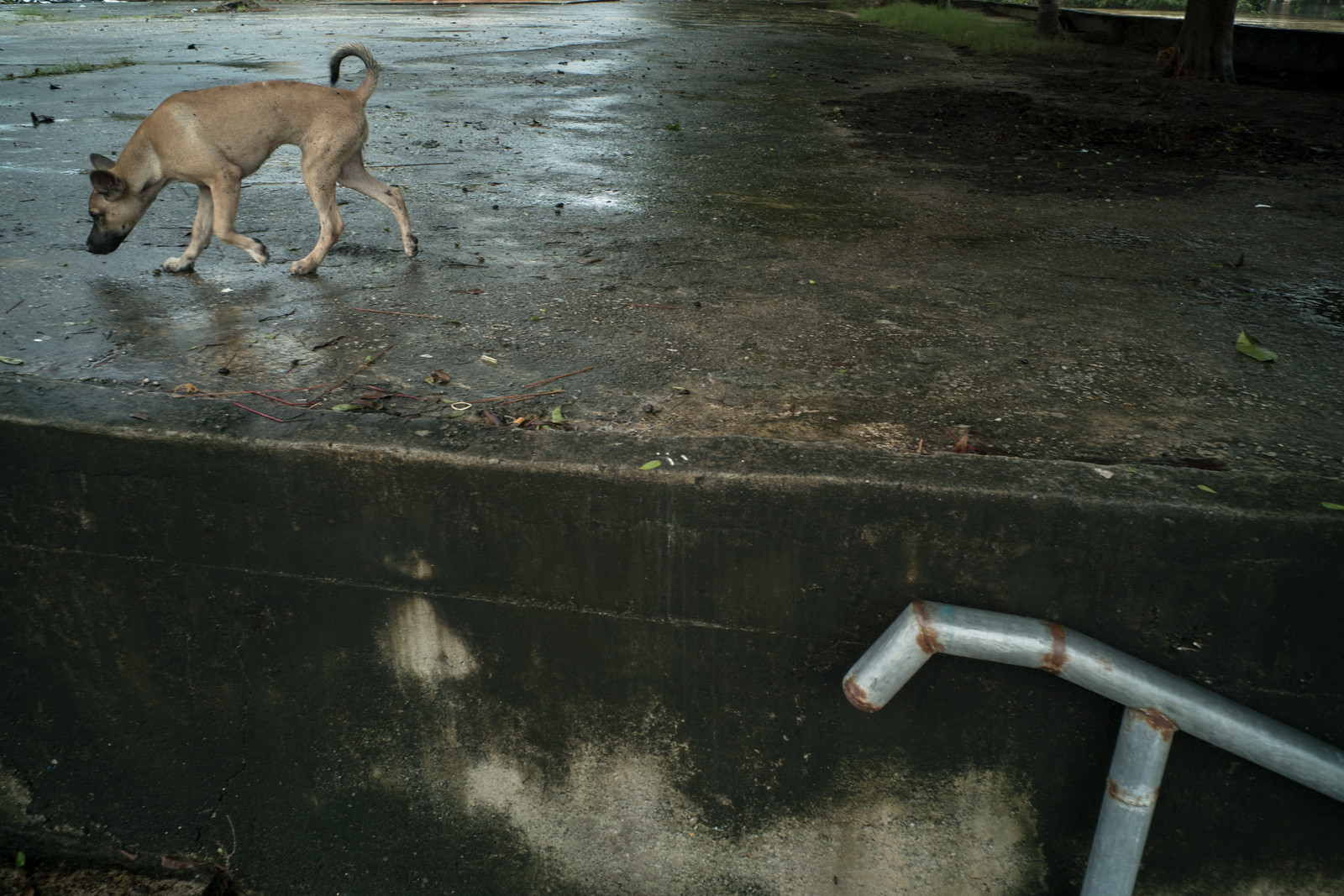

industrial age haruspex sez Hooo
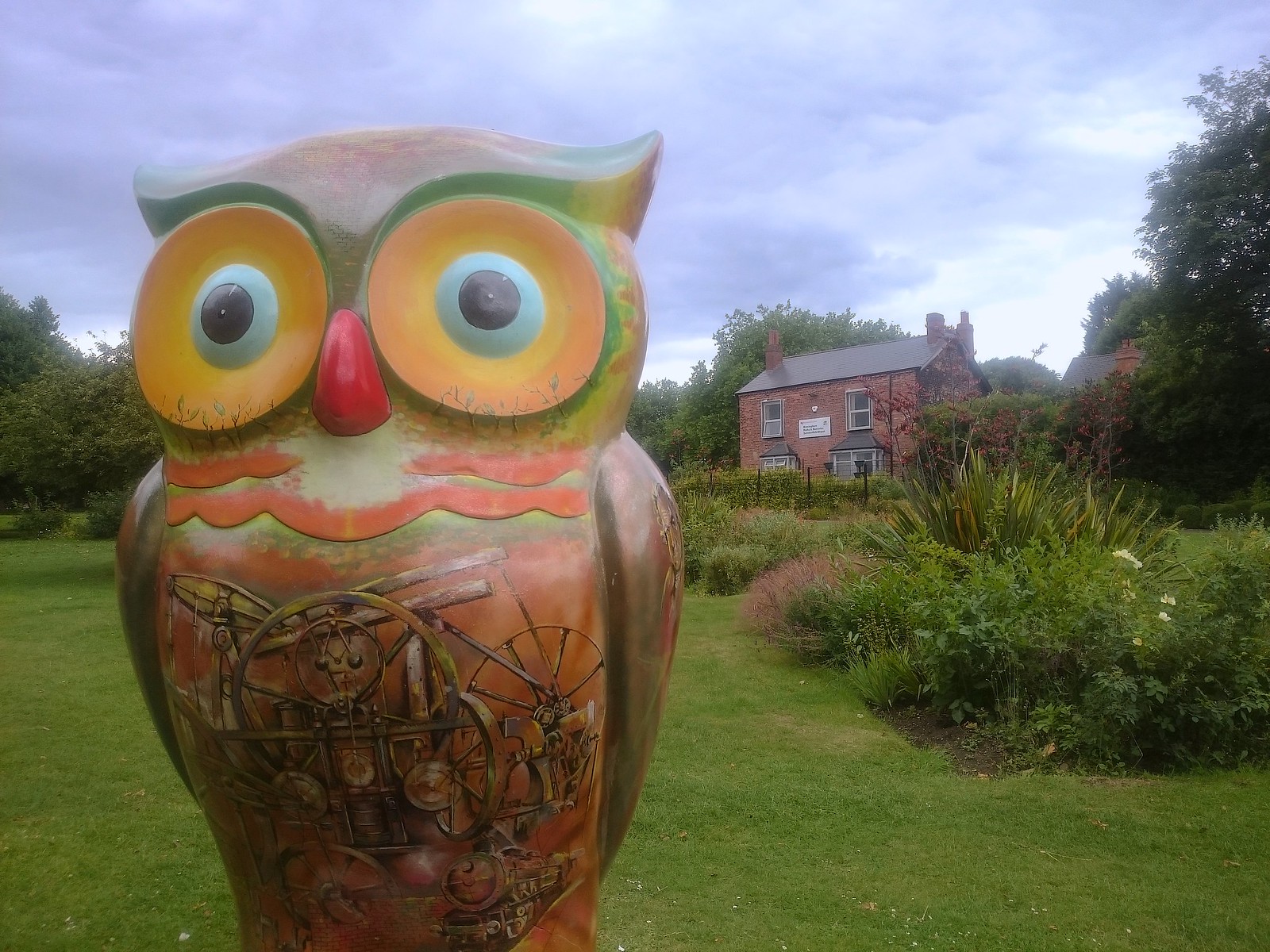

Wooden Boy: Summerfield Park
gasses from the chicken shop
glaze our pauses and
two girls
vape pretend clouds out
while shot up faux silk skinny
threads
weave through the vomiting cherry tree as if
that’ll do for now
says who
Wooden Boy: Summerfield Park, from The Little Wooden Boy, 16 April 2018
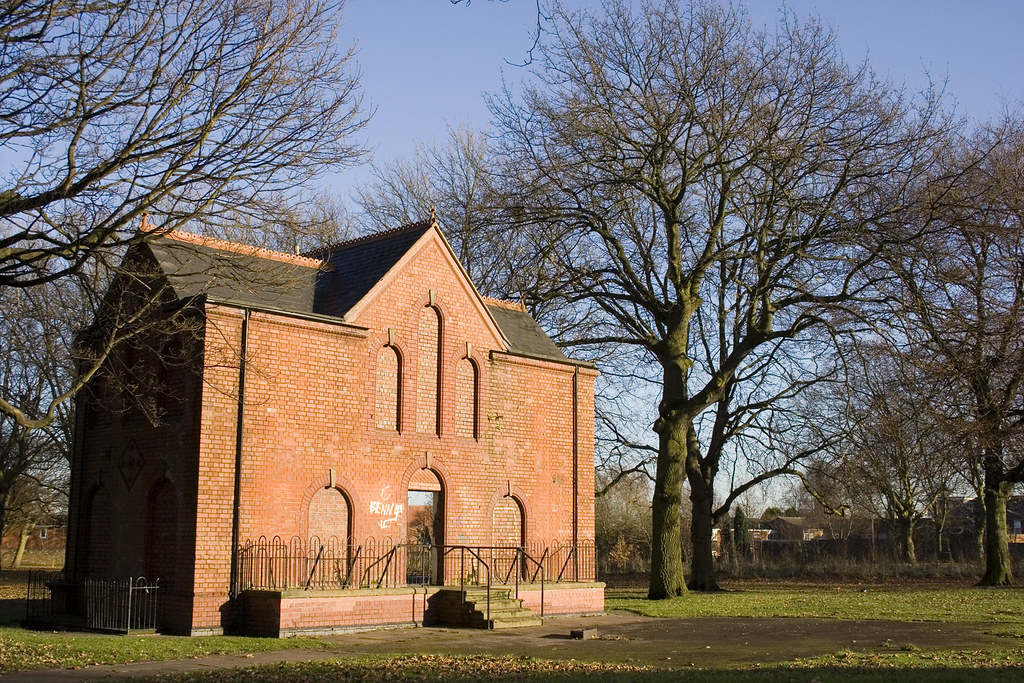
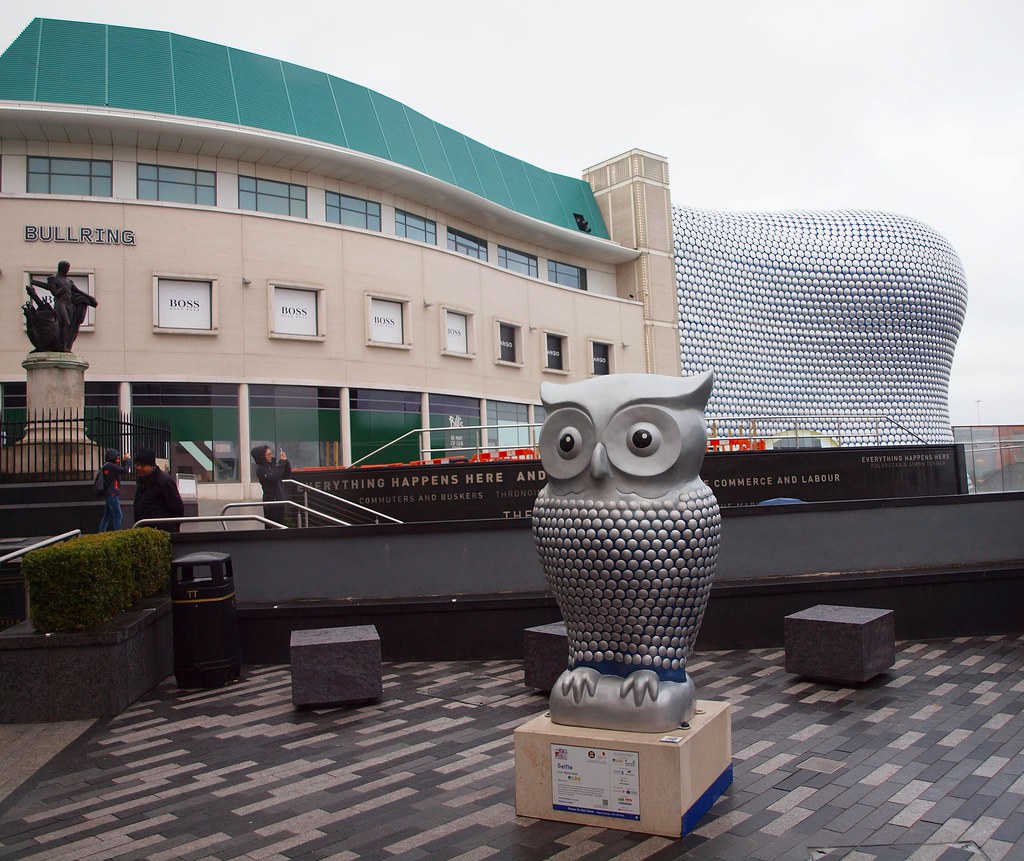
One of the giant owls as part of Birmingham 2015 'The Big Hoot', a series of artistic owls located through the city to help raise funds for Birmingham Children’s Hospital.
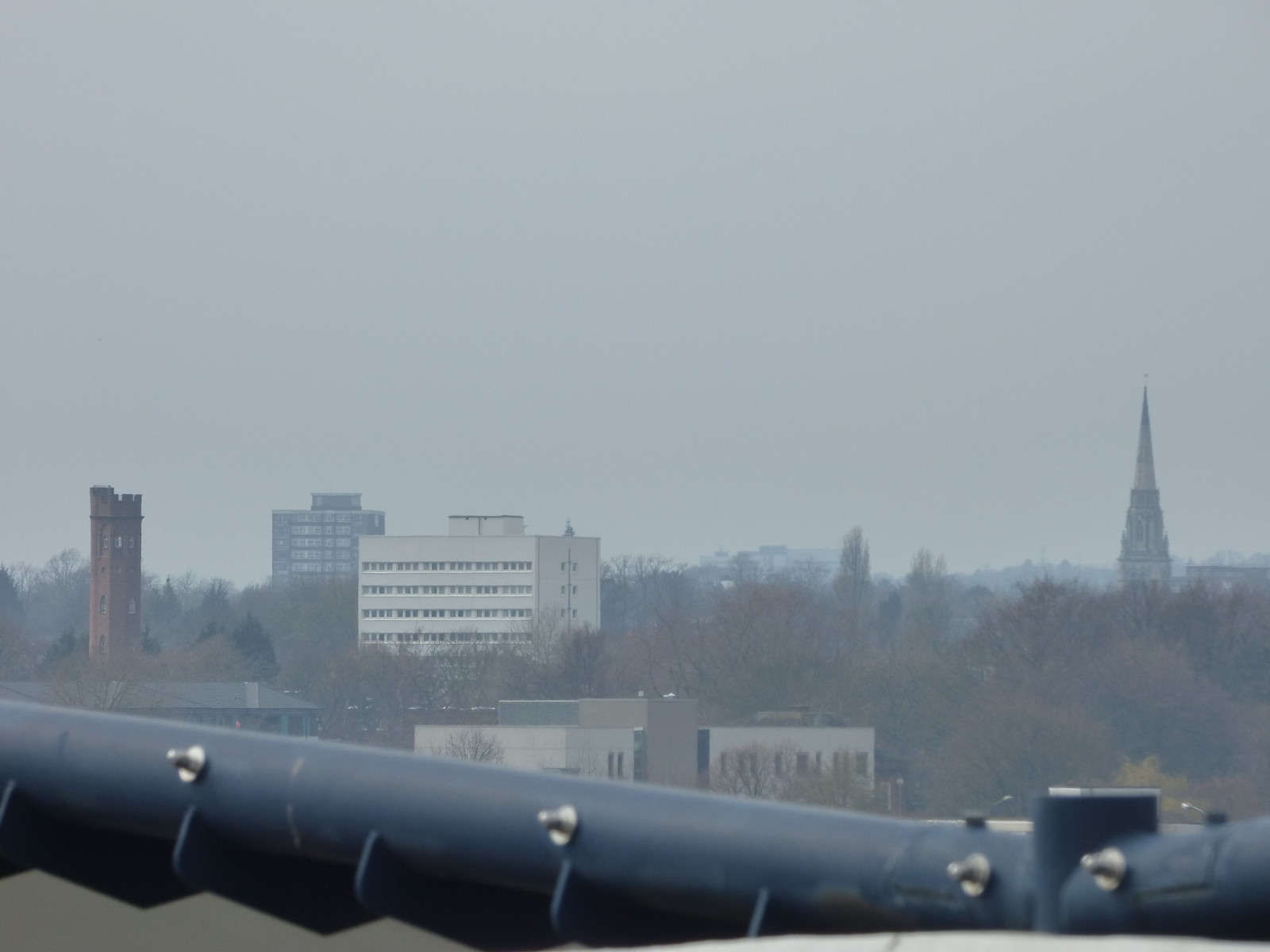



In this Friday, April 13, 2018 photo, a Syrian girl who was displaced with her family from eastern Ghouta looks outside her door at a shelter in the village of Horjelli, in the Damascus countryside, Syria. Thousands of Syrians displaced by the battle for the once-lush suburbs of Damascus now find themselves in a crowded settlement, where for the first time in recent memory they have enough to eat. The community is home to some 18,000 people displaced by the offensive that drove rebels out of eastern Ghouta. On Saturday, the Syrian government announced the capture of Douma, the last rebel stronghold in eastern Ghouta and the site of an alleged chemical attack that prompted a Western missile strike.: photo by Hassan Ammar/AP, 13 April 2018

In this Friday, April 13, 2018 photo, a Syrian girl who was displaced with her family from eastern Ghouta poses for a picture at a shelter in the village of Horjelli, in the Damascus countryside, Syria, Friday, April 13, 2018.: photo by Hassan Ammar/AP, 13 April 2018

In this Friday, April 13, 2018 photo, a Syrian child who was displaced with his family from eastern Ghouta watches from the window of his family’s shelter at a shelter in the village of Horjelli, in the Damascus countryside, Syria. : photo by Hassan Ammar/AP, 13 April 2018

In this Friday, April 13, 2018 photo, a man who was
displaced with his family from eastern Ghouta receives a haircut at a
roadside makeshift barbershop at a displaced shelter, in the village of Horjelli
in the Damascus countryside, Syria. : photo by Hassan Ammar/AP, 13 April 2018

In this Friday, April 13, 2018 photo, a man who was
displaced with his family from eastern Ghouta sits with his son outside
their tent at a shelter in the village of Horjelli, in the Damascus
countryside, Syria.: photo by Hassan Ammar/AP, 13 April 2018

In this Friday, April 13, 2018 photo, Syrians who were
displaced with their families from eastern Ghouta hold their pots as
they wait to receive food from the main kitchen at a shelter in the village of Horjelli, in the Damascus
countryside, Syria.: photo by Hassan Ammar/AP, 13 April 2018

In this Friday, April 13, 2018 photo, Syrians who were
displaced with their families from eastern Ghouta sit on pots as they
wait to receive food from the main kitchen in the village of Horjelli, in the Damascus
countryside, Syria.: photo by Hassan Ammar/AP, 13 April 2018

In this Friday, April 13, 2018 photo, Syrians who were
displaced with their families from eastern Ghouta sit at a shelter in
the village of Horjelli, in the Damascus countryside, Syria.: photo by Hassan Ammar/AP, 13 April 2018

In this Friday, April 13, 2018 photo, Syrian children who
were displaced with their families from eastern Ghouta play football at a shelter in the village of Horjelli, in the Damascus countryside,
Syria. : photo by Hassan Ammar/AP, 13 April 2018
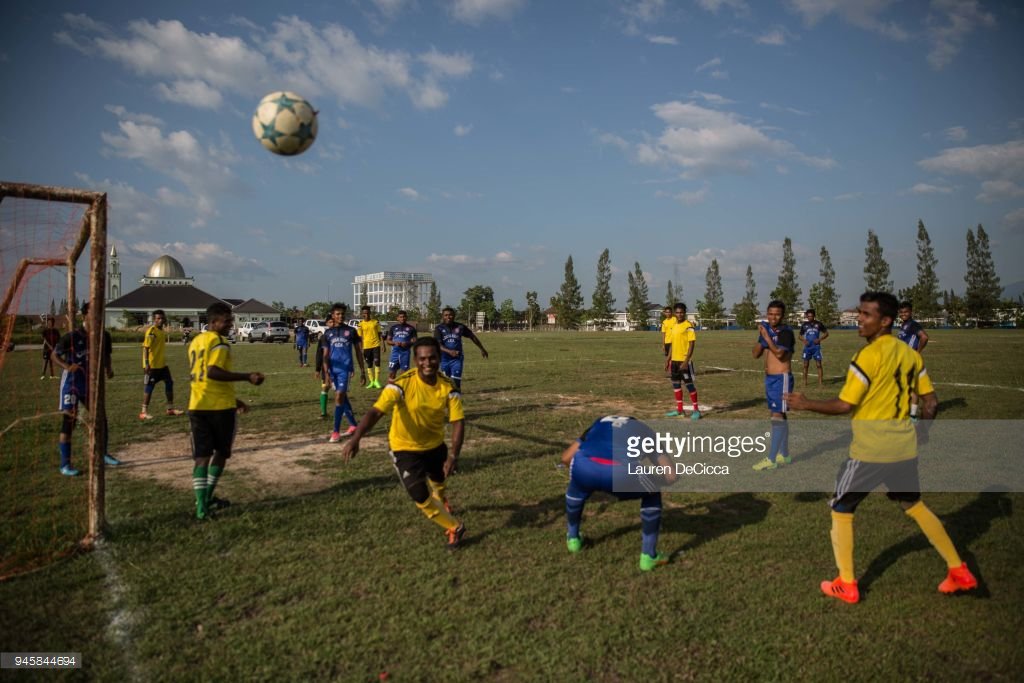
The Kedah Kulim Rohingya Football Club plays the Kedah Kulim junior team in a weekly match on April 13, 2018 in Kulim, Malaysia.: photo by Lauren DeCicca/Getty Images, 13 April 2018

Rohingya construction workers relax at the end of the day by playing chinlone, a traditional Myanmar sport, on April 12, 2018 in Kulim, Malaysia. photo by Lauren DeCicca/Getty Images, 12 April 2018

Rohingya
construction workers relax at the end of the day by playing chinlone, a
traditional Myanmar sport, on April 12, 2018 in Kulim, Malaysia.: photo by Lauren DeCicca/Getty Images, 12 April 2018

Ayat Ullah Bin Jafar, 17, the youngest member of the Rohingya Football Club, keeps his football shoes on his family's windowsill on April 10, 2018 in KUALA LUMPUR, Malaysia. Ayat left his home in Maungdaw, Myanmar by boat with his mother and two brother when violence erupted in 2012. Now he attends high school at the Ideas Acadamy, a refugee school, which will allow him to further his education. Ayat says he hopes to be a professional football player, but with the lack of citizenship he will be unable to join registered Malaysian teams or even attend university. A group of Rohingya refugees from Myanmar’s Rakhine State formed the Rohingya Football Club in Malaysia back in 2015, hoping to give the Rohingya people a voice through sports and raise their international profile amidst the crisis in the region. Rohingya Muslims are reportedly playing in Football Clubs around the world, including Canada, Australia, and Ireland, while the Rohingya F.C. aims to set up a national team which comprises of these players and show that Rakhine Muslims can succeed in the sport. The United Nations estimate that over 62 thousand Rohingya are currently living in Malaysia and most of them are only able to find jobs as a construction worker or laborer with many staying in makeshift homes near construction sites. Malaysia launched its first Rohingya tournament this year with 24 independent football clubs competing across the Muslim country, hoping to gather support from the Malaysian and Turkish governments to help them succeed at an international level. Over 700,000 Muslim Rohingya have crossed the border into Bangladesh since August last year after the Myanmar military launched a brutal crackdown which was described by the United Nations as 'ethnic cleansing’ while the two countries continue to negotiate the repatriation of the Rohingya refugees.: photo by Lauren DeCicca/Getty Images, 10 April 2018

Friends
of the Rohingya Football Club team members gather in the team's
clubhouse on April 8, 2018 in KUALA LUMPUR, Malaysia. : photo by Lauren DeCicca/Getty Images, 8 April 2018

Suhana, 6, plays football in her family's home on April 12, 2018 in Kulim, Malaysia. Suhana's father Mohammed Eoris plays for the Kedah Kulim Football Club and encourages his children to practice sports at home. Football has been a community building method for the Rohingya living in Malaysia, helping to bring people together and raise awareness for the Rohingya crisis throughout the region. : photo by Lauren DeCicca/Getty Images, 12 April 2018

Fans
watch as the Kedah Kulim Rohingya Football Club plays the Kedah Kulim
junior team in a weekly match on April 13, 2018 in Kulim, Malaysia.: photo by Lauren DeCicca/Getty Images, 13 April 2018

Teammates
and fans cheer as the Kedah Kulim Rohingya Football Club plays the
Kedah Kulim junior team in a weekly match on April 13, 2018 in Kulim,
Malaysia.: photo by Lauren DeCicca/Getty Images, 13 April 2018

Ayat Ullah Bin Jafar, 17, the youngest member of the Rohingya Football Club, coaches local Rohingya children in his neighborhood in the evening on April 10, 2018 in KUALA LUMPUR, Malaysia. Ayat left his home in Maungdaw, Myanmar by boat with his mother and two brother when violence errupted in 2012. Now he attends high school at the Ideas Acadamy, a refugee school, which will allow him to further his education. Ayat says he likes coaching the children in his neighborhood, bring the the community together and teaching the kids a skill. : photo by Lauren DeCicca/Getty Images, 10 April 2018

Younus, 18, a member of the Rohingya Football Club, poses for a portrait outside the team's clubhouse on April 8, 2018 in KUALA LUMPUR, Malaysia. Younus came to Malaysia by boat alone in 2013 after his father, who had already been living in Malaysia, heard of the violence in Myanmar's Rakhine State. Younus heard of the Rohingya Football Club while playing with friends he had met in Malaysia and applied for the team.: photo by Lauren DeCicca/Getty Images, 8 April 2018

Mohammed Eoris arranges his football trophies in his family's kitchen on April 12, 2018 in Kulim, Malaysia. Mohammed Eoris is a football player for the Kedah Kulim Rohingya Football Club. The aim of the club is to build community and raise awareness for the Rohingya crisis throughout the region.: photo by Lauren DeCicca/Getty Images, 12 April 2018
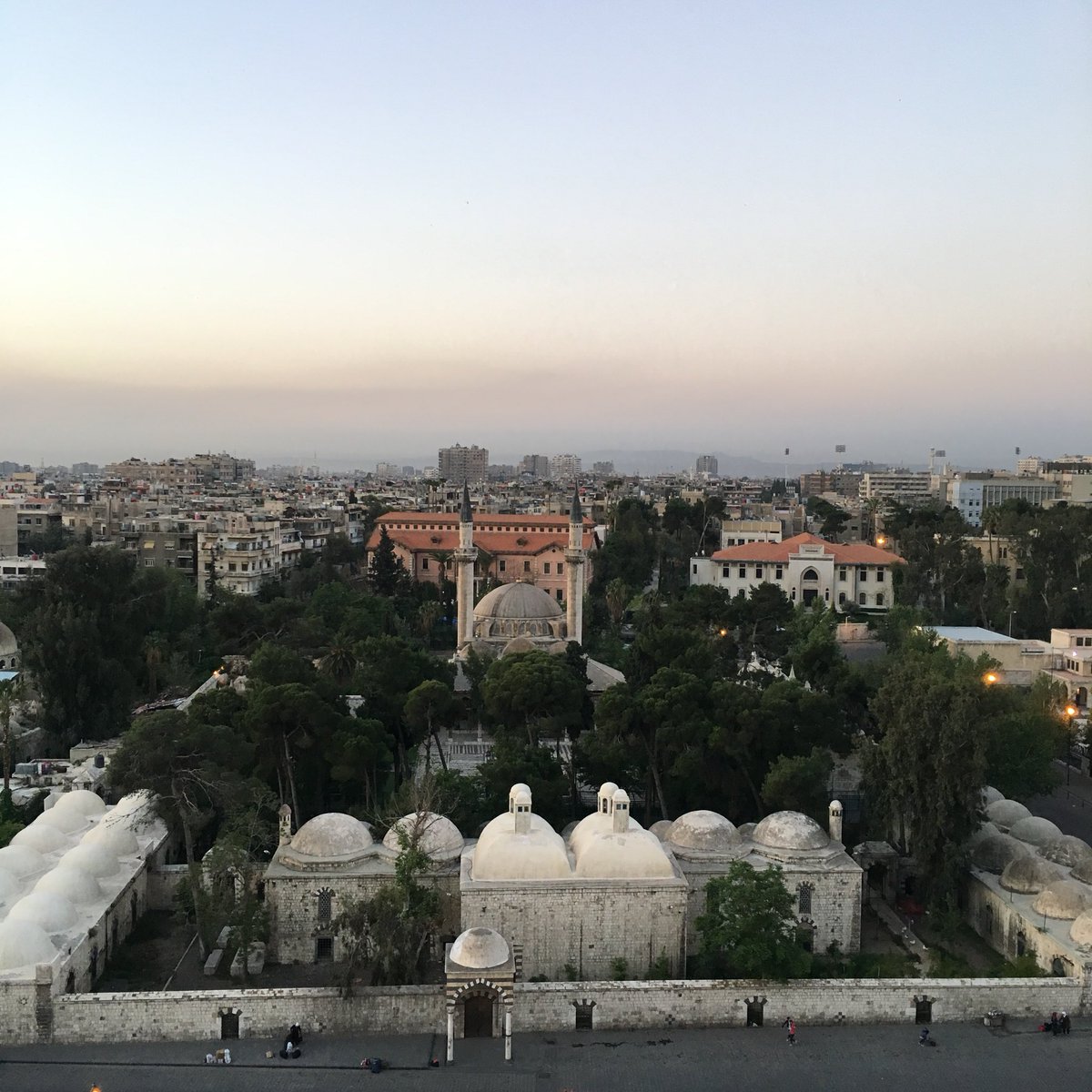
Dawn in Damascus after coalition airstrikes - we’ll continue reporting from inside Syria across all @CBSNews platforms...: image via Seth Doane @sethdoane, 13 April 2018
Trump's 'mission accomplished' tweet may come back to haunt him as another battle looms around Damascus: As Syrian troops move to another confrontation around
the Syrian capital, what will the US president – and the British and
French – do if more images of gassed civilians dying in agony appear?: Robert Fisk in Damascus for The Independent, Sunday 15 April 2018
Syrian army troop reinforcements are moving up to more front
lines in the suburbs of Damascus for another battle which could prove to
be a carbon copy of the Douma siege.
Just as some fighters accepted Russian military mediation to leave
Eastern Ghouta two weeks ago, while others stalled and held out to the
end – when footage of gassed civilians went around the world and led to
last week’s Anglo-American and French air strikes in Syria – Russian and
Syrian government negotiations to end the battles for the Yarmouk Camp
have largely succeeded.
But in an area on the edge of the old Palestinian camp district
called al-Qadam, where civilians are still living, Isis and other
jihadis are refusing to depart; so fresh Syrian troops and Palestinian
militias from the ‘Al Quds’ Brigade are being sent to the suburb in
preparation for a final battle if the talks drag on. Donald Trump’s
triumphal claim at the weekend to have taught Syrian president Bashar
al-Assad a lesson will look more than ironic if yet more images of
choking civilians then appear on tape.
Explosions from the area were thundering across Damascus on
Sunday when state radio reported that seven mortar shells fell onto
government-held areas, killing one civilian and wounding nine others.
But what makes this particular battleground so perilous is the anger
caused by a massacre – one so dreadful that the Syrian authorities did
not reveal it – when 120 Syrian soldiers were executed during a truce
agreement arranged with Isis-allied gunmen almost three weeks ago. The
mass killings occurred on 27 March after 500 Syrian troops entered a
ceasefire line at al-Qadam which they believed to be safe. Surrounded,
many of the Syrians escaped, but 116 of them were captured.
The prisoners, both army intelligence officers and ordinary soldiers,
were apparently led away to a street where all were systematically
murdered, some of them shot, others beheaded. The slaughter was kept
secret by state television and government newspapers because of the
effect it might have on the families of the dead men. Poor but
terrifying images I have watched – apparently of the massacre and
briefly appearing on the Isis website Amaq – show a line of troops, most
of them in battle uniform, some of them still wearing steel helmets,
being led across waste ground to a street. As the killers – in black
uniforms and holding Kalashnikov rifles – begin to shoot down the men,
the soldiers can be heard shouting “No! No! No!” as bullets are fired
into them. A pile of bodies can be seen behind them in other footage.
The Syrian Red Crescent later removed 96 of the corpses, but 30 of
the dead men were unaccounted for. The story – similar to Isis killings
in the Palmyra Roman theatre earlier in the war – has outraged the army
and the individual families of those who were executed. I know of one
man whose cousin, a soldier, was among the murdered men.
This is the area which may now be the site of the next battle for the
Syrian suburbs. The Isis footage, whose date cannot be confirmed, does
not contain the murder of civilians; the pictures are thus not as
pitiful as the gas-choked women and children of Douma which caused such
international outrage. But this is the area in which the next battle for
Damascus may well be fought.
And it raises a horrible question. If the final al-Qadam ceasefire
talks – in which the Russian army are deeply involved – fail, will the
world see even more pictures of besieged civilian gas victims dying in
agony? More to the point, what will Trump, Prime Minister Theresa May
and French President Emmanuel Macron do then? Will further missile
strikes have to be staged all over again?
It’s always dangerous to think a foreign nation can switch off its
involvement in a war because it doesn’t wish to undertake further
military operations. And it’s especially difficult when the conflict is a
civil war. Western public opinion might tolerate one dangerous
adventure – after not a single life was lost and individual targets were
apparently hit with accuracy. But not another one.
The Syrian government insists that the rubble in Damascus
was once a “centre of scientific research” with no connection to
chemical weapons, although the very name has a rather Strangelove
quality about it. And requests made by The Independent to visit
the ruins of the building hit by missiles at Barzeh, less than two
miles from the centre of the city, were officially declined on Sunday,
although photographs of the building have been printed in the Damascus
press. Thousands of Damascenes watched the missiles – and the Syrian
anti-aircraft fire – flashing across the darkened sky of the city in the
early hours of Saturday morning. The explosions lasted for around 12
minutes according to seven separate witnesses to whom I spoke. One said
they counted 116 rockets.
The Syrian military have focused on the abilities of their
anti-aircraft missile crews, which are reported by both the Syrian and
Russian governments to have brought down 71 missiles before they could
hit their targets. The US denies such claims. The Syrian army have been
collecting parts of the exploded US weapons, and little attempt is made
to hide the fact that their details are being shared with their allies –
obviously, Russia and Iran. They also claim unofficially that their own
anti-aircraft fire prevented the Americans from shooting at another six
targets which were not destroyed. This may be what one often refers to
as a likely story.
But the next battle is now beginning to dominate the thoughts of the
military authorities in Damascus. The Yarmouk area and al-Qadam and the
neighbouring Hajr el-Aswat have been the scene of fighting, with
thousands of civilians under siege, for years – just as Eastern Ghouta,
which contains Douma, was until the past two weeks. There are an
estimated 2,000 fighters still under arms there, perhaps half of them
Isis operatives. Two smaller Islamist groups have already agreed with
the Russian army to be bussed out on the long trek to Idlib province,
the dumping ground for most of the Syrian regime’s armed opponents and
their families.
But if talks drag on – and Syrian and Russian leaders lose patience
– then the prospect of another Douma in al-Qadam becomes more likely. At
which point, Trump’s ‘mission accomplished’ could turn out to be as
ironic as George W Bush’s identical and fatuous claim after the 2003
invasion of Iraq.
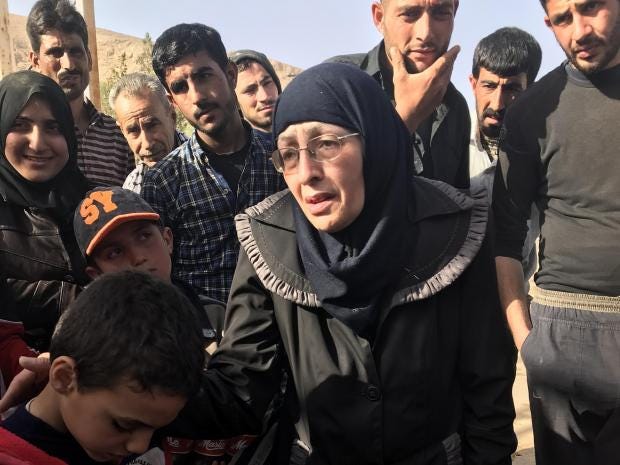
Sana el-Boukeri in a Syrian refugee camp. She lost her civilian
husband and son in the Syrian and Russian bombardment of eastern Ghouta
while her other son was wounded fighting in the Syrian government army
on the other side of the front line: photo Nelofer Pazira via The Independent, 27 March 2018
These are the faces of those who have been affected by the siege of Eastern Ghouta: it would take a year, if not a
decade, to understand the killing and the cynicism and the innocent
suffering behind this epic battle: Robert Fisk in Eastern Ghouta for The Independent, Tuesday 27 March 2018
They were frightened – traumatised might be our medical
definition – but the civilians from Douma in Eastern Ghouta were alive.
Sat quietly on the government bus that had brought them to the Arbeen
crossing were the children with their mothers, the old men, watchful,
the younger men – there were not so many of them – looking out of the
windows. When we climbed aboard alone with them, notebook in hand and
camera moving across the passengers, they sat like extras in a movie,
faces from the siege. Were they silent because they were fearful of the
future? Or because they were still trying to frame their own suffering
of the past?
We were all aware of the usual rumours; that those armed jihadis who
had refused the Russian conditions for leaving the besieged villages and
fields of Ghouta would shell the refugees to discourage them from
crossing. Rubbish. Or that’s what we thought until a mortar swished over
the buses and crashed in the powdered rubble 30 metres away. The
refugees – for that is what they were now after the tunnels of Ghouta –
turned their heads like birds towards the cloud of smoke rising into the
sky, and the Syrian soldiers outside ran towards the buses. A general
climbed aboard. “Get these buses moving!” he shouted.
On the bus – and in the hours that followed – we tried to put
together the story of Eastern Ghouta and soon realised that it would
take a year, perhaps a decade, to understand the killing and the
cynicism and the innocent suffering behind this epic battle. There were
things one noticed which did not quite match the narrative; these people
talked of living in tunnels. But the passengers and the thousands of
refugees we met later were clearly not starving. Their faces were full,
their clothes were clean. But most had lost relatives or friends.
We will not mention here the large number of Islamic
fighters we were to see emerging from the rubble under the Russian peace
agreement – a vast army compared to the few fighters we had expected,
coming out in their hundreds, bearded men whom we had not seen, ever, in
those mortifying videos of civilian suffering that came to us from the
siege over many weeks. How come we had not seen them before? Some still
carried their weapons. But that is, as they say, for tomorrow. Civilians
must come first.
A man with grey stubble who might have been 65 but who was only 48,
said his 18-year-old son had been kidnapped by “terrorists” – some of
these new refugees had already adopted the language of the regime – and
was not allowed to leave with him. Nisreen, a woman in black, spoke of
the bombardment of Douma. She did not mention aircraft – and said that
both her husband and 11-year-old son had died in the original bombing of
Eastern Ghouta more than two years ago.
“Mohamed had taken Hassan to the mosque to pray. Then the bomb exploded on the roof. My other son was in the street.”
The buses moved at speed away from this front line and we followed
them across the muddy laneways south of Adra city to where a former
children’s holiday camp now housed 15,000 of the civilians who had
already managed to flee Ghouta. It was a slightly shabby institution but
there were flowers and UN tents and piles of bread. Despite the
propaganda, this was no show camp for visitors – it took a long time to
negotiate our way inside. There were piles of bread and UN tents and men
selling coffee; most seemed eager to talk to us – up to a point.
A young woman in a pale scarf said that, yes, she had lost three
members of her family in Douma. Her sick father had died from lack of
medicine, and her nephew and the daughter of her cousin had been killed
from what she called “crossfire”. I was to hear more of this “crossfire”
as the hours went by. The man had mentioned this on the bus and another
figure making coffee by a gas stove talked of more “crossfire”, between
the Faylaq al-Rahman and Jaish al-Islam fighters. If you believed this,
then there must have been an awful lot of internecine gun battles
between the jihadis as the Syrians and Russians rained fire upon them.
When I asked another woman if she knew of civilians killed in the
Syrian and Russian bombing of this month, a Syrian NGO lady who spoke
enough English to be unpleasant, demanded “For who you work? ‘Independent’?
NOT independent!” But slowly the stories were told. There was a man in a
wheelchair, Alaa Younis, with a bullet wound in his neck who had been
paralysed from the waist down – after another gun battle, his father
Mohamed said. His wounds were real, his waist bound with fresh medical
tape, his face sometimes contorted with pain. Then came another woman
who spoke this time of the bombs, “falling in the streets, and all the
houses had come down in the streets”.
And then towards us, smiling but with what must have been
the saddest face in Syria, came 53-year old Sana el-Boukeri. She wore
spectacles and was dressed in black and wanted to talk. Yes, she had
been in Douma during the bombing. And four months ago, her husband Jamal
el-Din and her 13-year-old son Mahmoud were in the street when bombs
came down and they were killed. Sana did not cry, she simply looked at
us to see if we understood her and she obviously wanted to talk. Many
times she shook her head.
It emerged that she was a historical vision of Syria’s terrible war.
For she said that her other son was an 18-year-old soldier, and that he
was fighting in the Syrian army unit commanded by General Soheil Hassan,
the “Tiger”, now the military’s favourite soldier – and Vladimir
Putin’s too, so it is said – who has reputedly never lost a battle and
who was personally on the battlefront in Eastern Ghouta. But this son,
she said, had been wounded a week ago and she’s had no telephone contact
with him since. So while one son was killed in the Syrian bombardment,
the other was fighting for the government, perhaps only a mile away.
Sana stood in front of us, swaying slightly, her spectacles reflecting
the sun, occasionally looking at the other refugees to see if they
understood her story.
There were other groups sitting on the grass or in the shade of the
brown concrete camp offices. “We lived in tunnels – for weeks,” one man
said. “They [the fighters] would not let us leave the tunnels. They
lived in the tunnels with us. They stole the aid that came for us from
outside.” But why were they in the tunnels in the first place? The
answer was obvious: to avoid the Syrian and Russian bombs. But they did
not mention this. They spoke of the price of bread – £8 sterling for 800
grams – and how the cost of a pack of 10 cigarettes had soared from US
$2 to $80. But surely this was not the cost of this devastating siege.
When new refugees arrived at the camp, I saw no muhabarrat intelligence
men – the white-socked, leather jacketed regime operatives paid to
sniff out subversives – checking the incoming buses. Nor wandering
around in the camp, though there may have been willing stool-pigeons.
But many of the el-Ghouta people had relatives in the centre of
Damascus, and they left freely when relatives called for them. There was
no violence, no shouting. This does not give anyone a clean slate.
Indeed, Ibrahim Hassoun, the schoolteacher who runs the camp – yes,
there is a portrait of Bashar al-Assad on his wall – insisted that men
who admitted they had fought for the jihadis were free to go to Damascus
city if they promised to leave their weapons forever. “They are now
civilians again – the president said they must be free to relive their
natural lives again.”
But opposition groups have claimed that refugee men fear they will be
enlisted in the Syrian army if they left their homes in el-Ghouta. And
Ibrahim Hassoun agreed that there was an office where all men aged
between 20 and 50 years must go within 15 days of their arrival to be
questioned by the “general security”.
“Yes, you can go there – you can see the men waiting. You can see the
rooms. If a man is of the age for military service, yes, he must join
the army like all others do in Syria. If they are fighters, they will be
trained for six months and then there will be rehabilitation – for
their minds.”
So was this reprogamming? Or what we like to call “deradicalisation”?
We set off to the security building – open from eight in the morning
until eight at night – and there, outside, were a group of men sitting
on the ground, close together, waiting for their turn at the desk with
the computer inside and the man behind it. Some smiled at our camera,
several – very obviously – hid their faces; one held up an identity
card. We climbed the steps and peered into the hall. There were a line
of desks, young men behind computer consoles and others sitting in
front. They did not expect us. There were no cells, no interrogation
rooms – we checked the building. But the men outside were nervous,
frightened may not be too strong a word. They knew what had happened in
Eastern Ghouta. But how much would they tell?
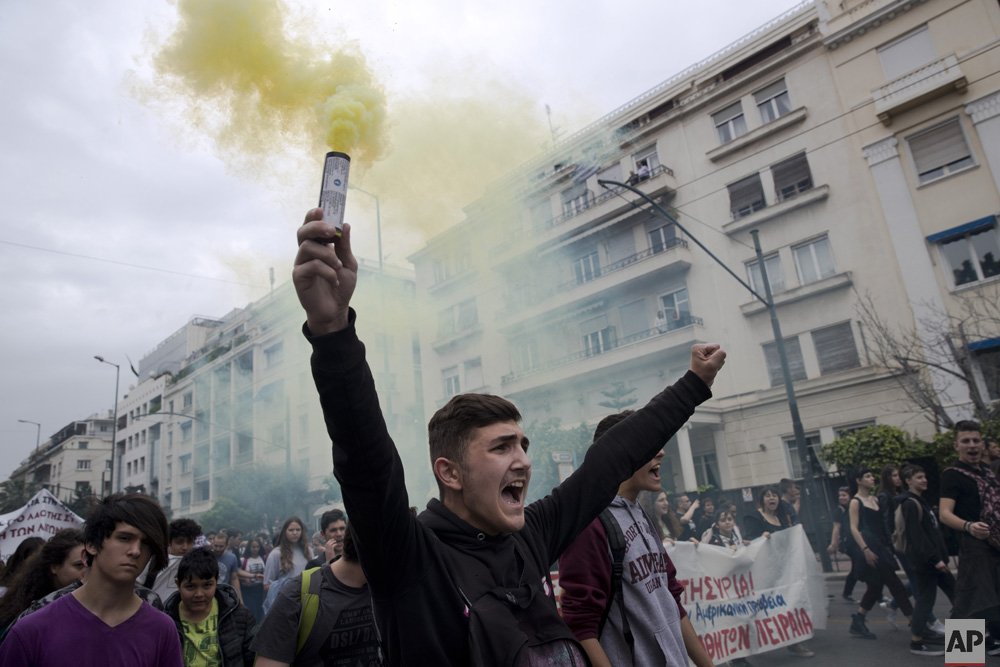
Supporters
of the Greek Communist party protests against U.S.-led airstrikes in
Syria, in Athens April 16, 2018. Police used tear gas to disperse the
protesters trying to pull down a statue of U.S. President Harry S.
Truman. #Greece #Syria #protest @AP_Images/ @PGiannakouris: image via Petros Giannakouris @PGiannakouris, 16 April 2018
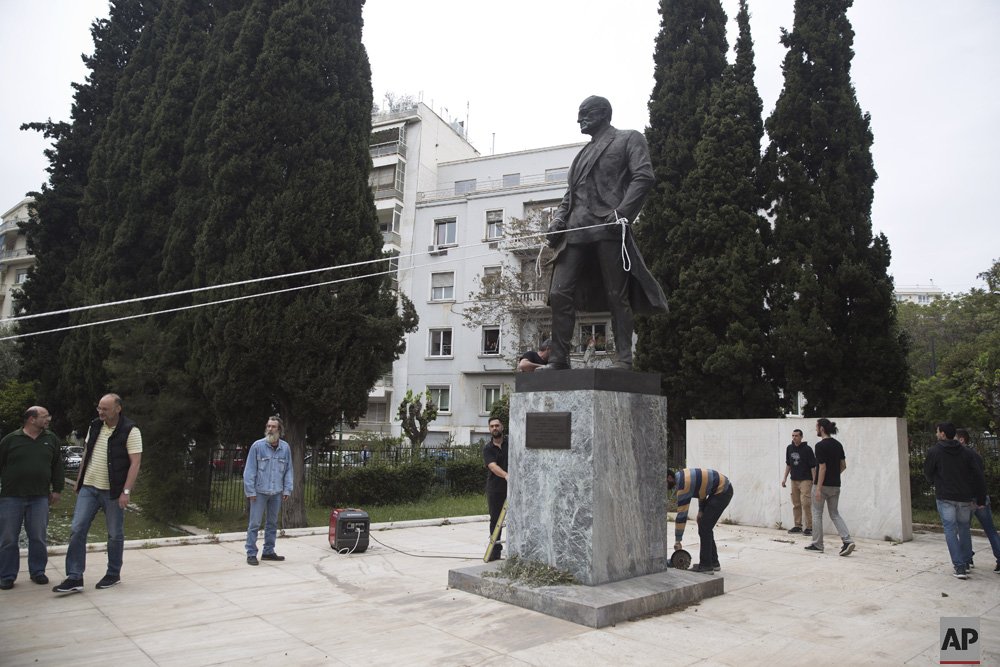
Supporters
of the Greek Communist party protests against U.S.-led airstrikes in
Syria, in Athens April 16, 2018. Police used tear gas to disperse the
protesters trying to pull down a statue of U.S. President Harry S.
Truman. #Greece #Syria #protest @AP_Images/ @PGiannakouris: image via Petros Giannakouris @PGiannakouris, 16 April 2018
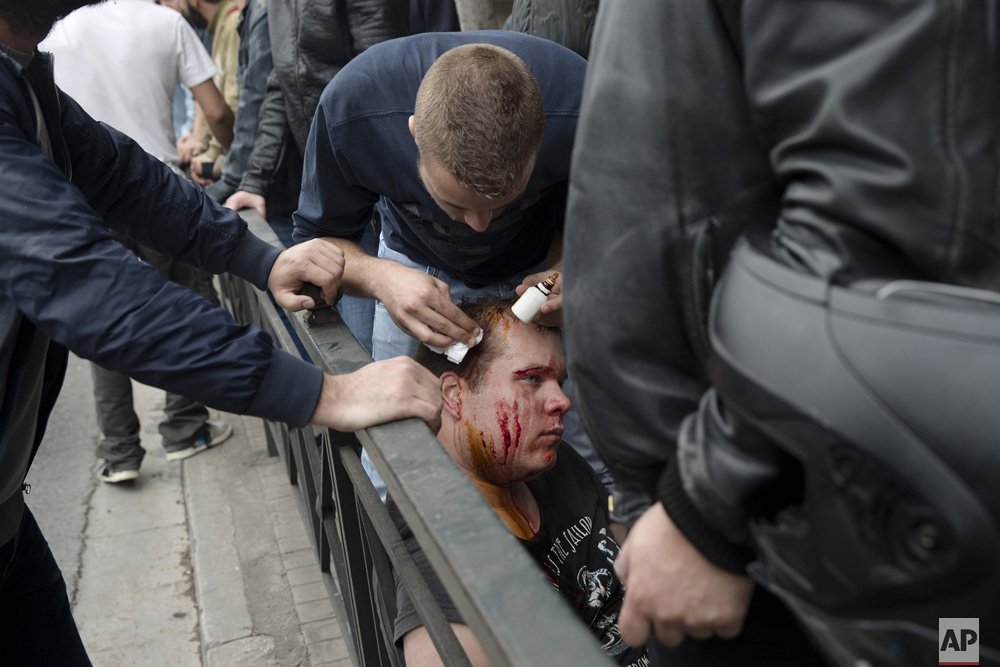
Supporters
of the Greek Communist party protests against U.S.-led airstrikes in
Syria, in Athens April 16, 2018. Police used tear gas to disperse the
protesters trying to pull down a statue of U.S. President Harry S.
Truman. #Greece #Syria #protest @AP_Images/ @PGiannakouris: image via Petros Giannakouris @PGiannakouris, 16 April 2018
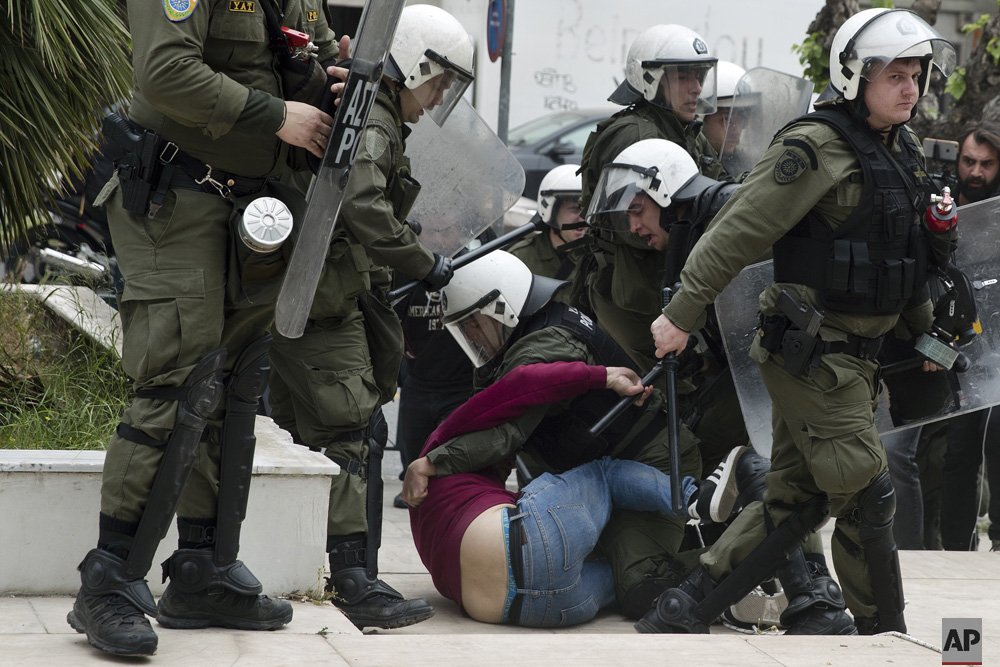
Supporters
of the Greek Communist party protests against U.S.-led airstrikes in
Syria, in Athens April 16, 2018. Police used tear gas to disperse the
protesters trying to pull down a statue of U.S. President Harry S.
Truman. #Greece #Syria #protest @AP_Images/ @PGiannakouris: image via Petros Giannakouris @PGiannakouris, 16 April 2018
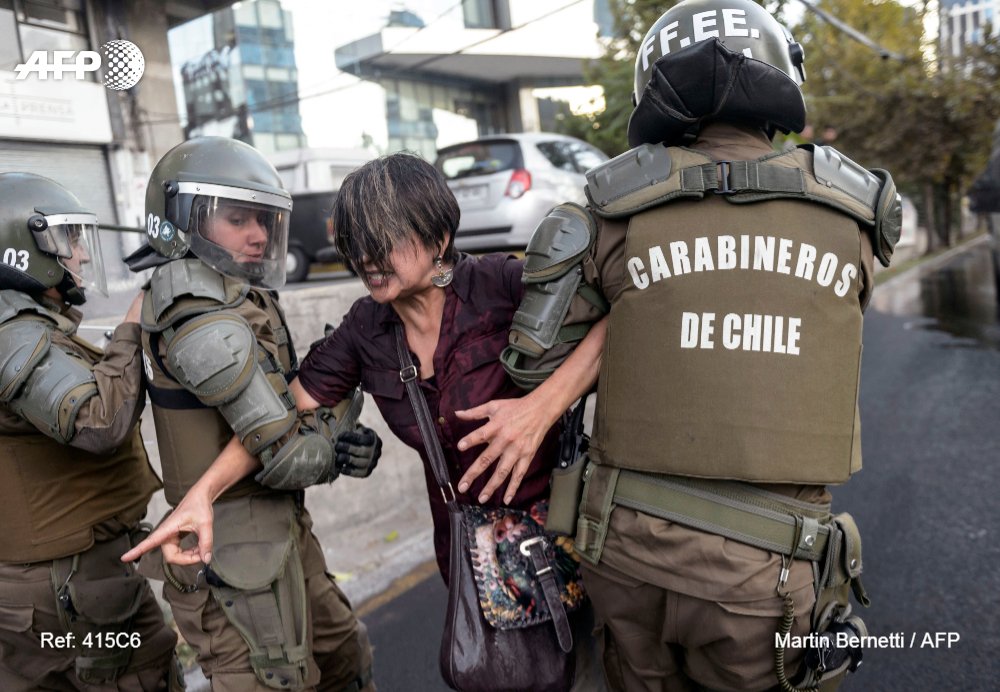
#Chile.
An activist is arrested during a protest against the recent strikes on
Syria in front of the US embassy in Santiago, #AFPphoto by @mbernetti: image via AFP Photo @AFPphoto, 16 April 2018
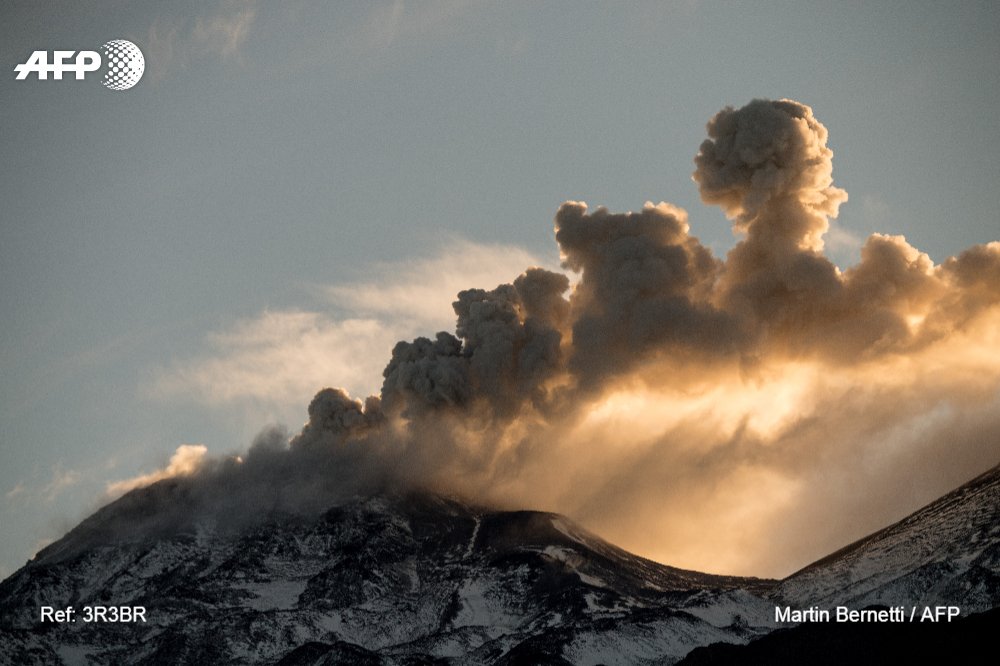
Nevados de Chillán, un volcán que pone a prueba la red de vigilancia de Chile #AFP por @mbernetti: image via Agence France=Presse @AFPespanol, 13 April 2018
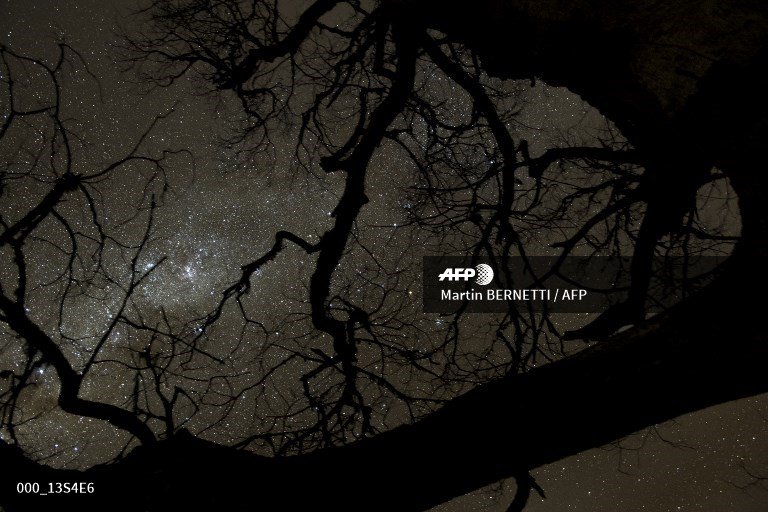
#goodnight Chile
View of a night landscape near the Nevado de Chillan volcano in Las Trancas photo by @mbernetti: image via Aurelia BAILLY @Aurelia BAILLY, 10 April 2018

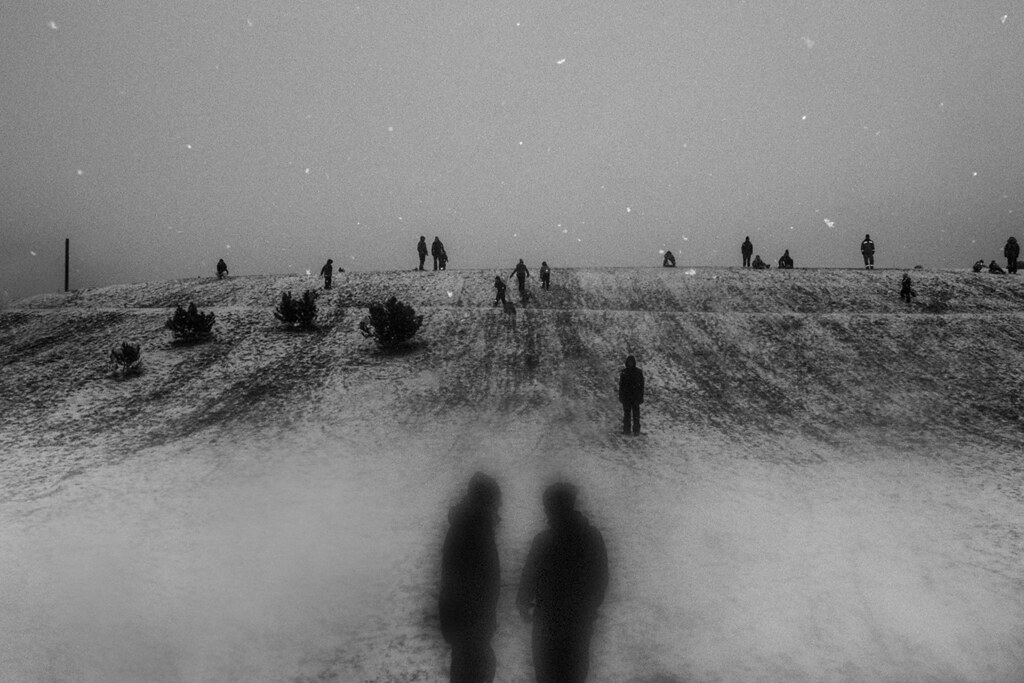
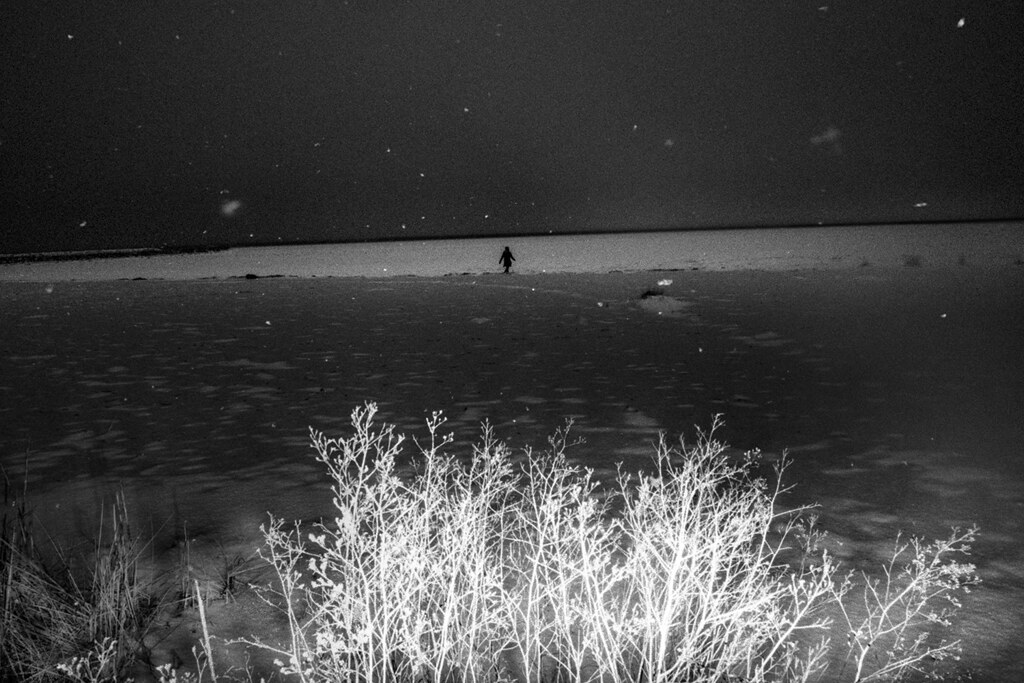

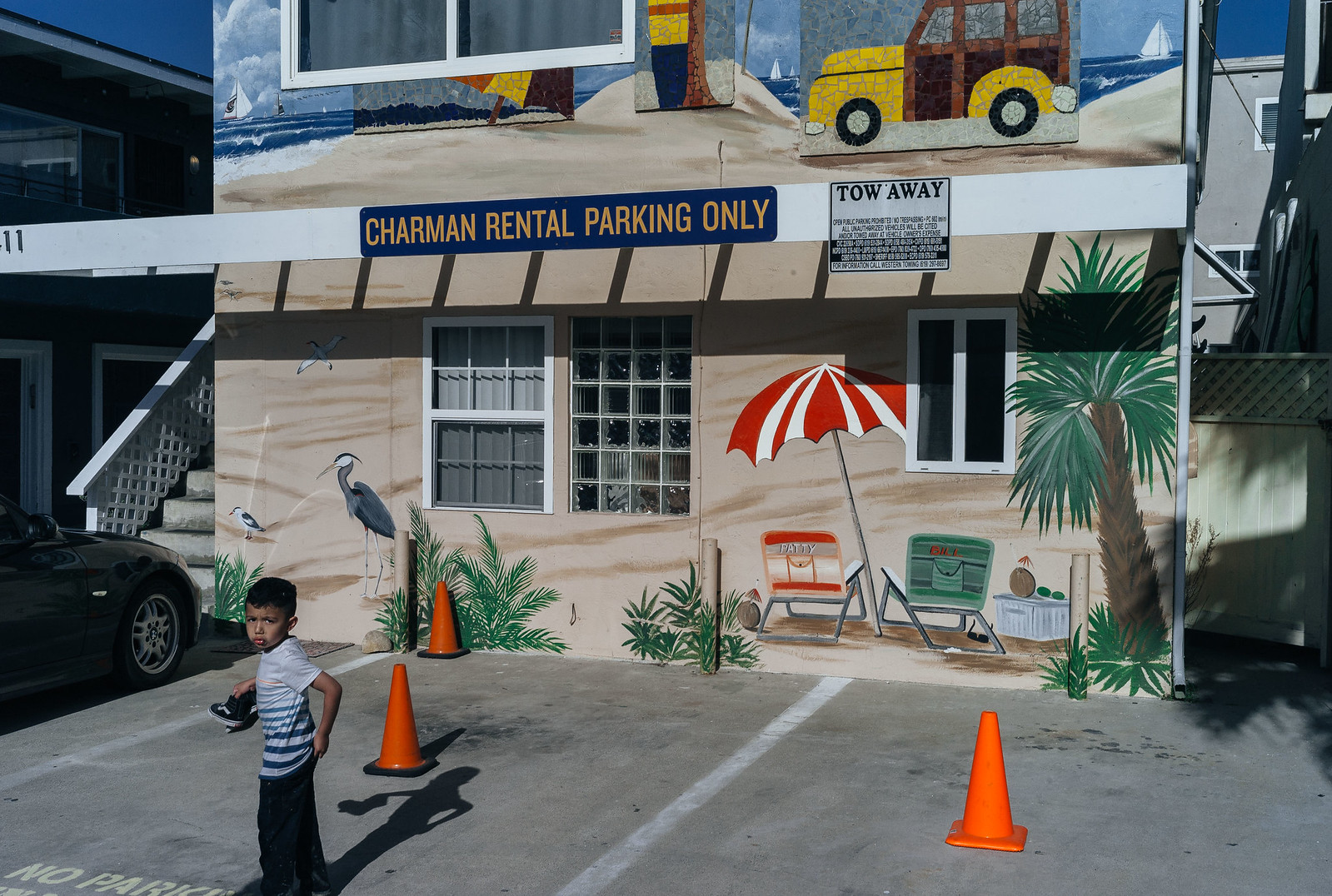
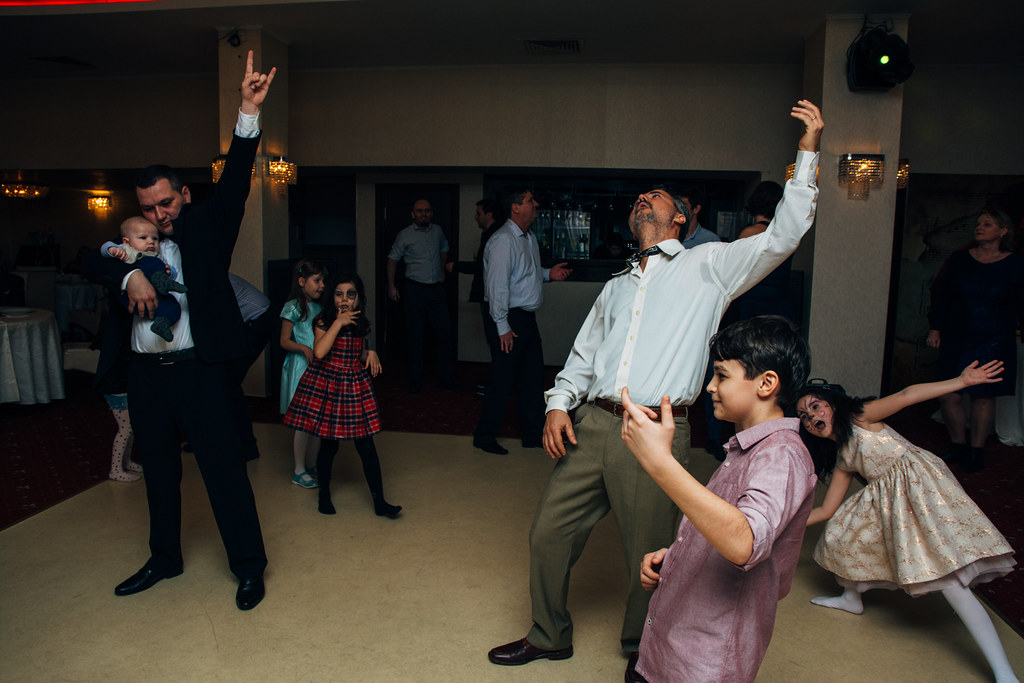
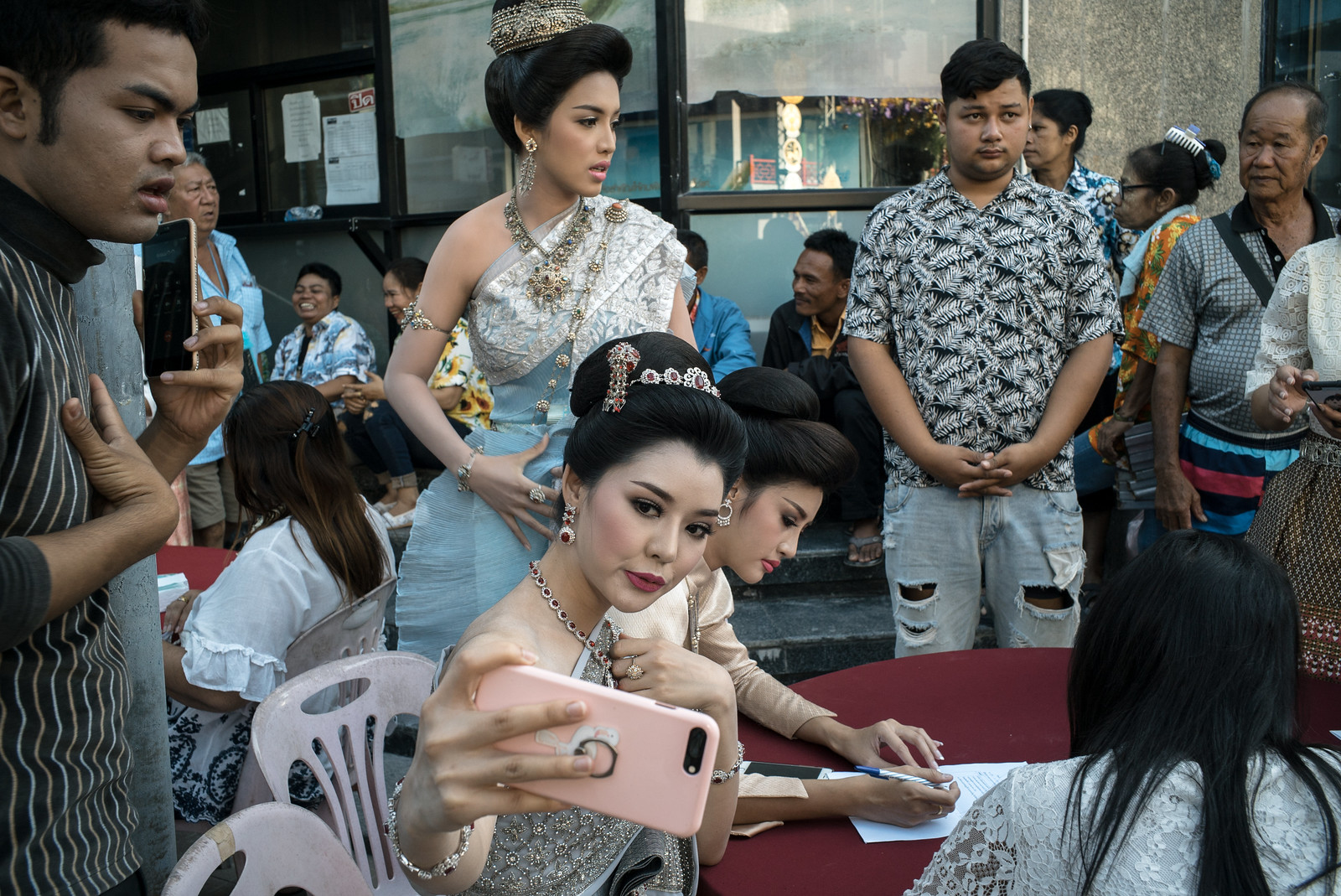
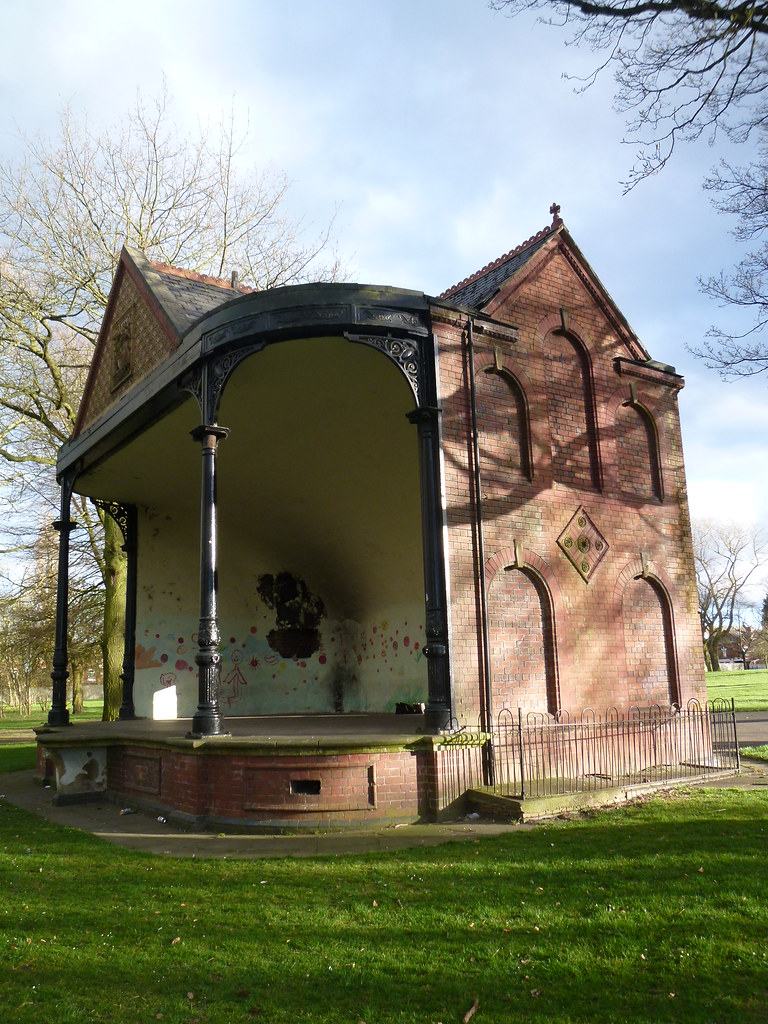



3 comments:
Bobb B Soxx & The Blue Jeans [feat Darlene Love]: Zip-A-Dee Doo-Dah (Phillies 1962)
The Crystals: Da Doo Run Run (1963)
Thank you for this, Tom.
I always love to see photos of the local territories here: makes for a sense of greater proximity.
Duncan,
We and everybody do love your exquisite word pictures, which do, one might almost say, put us in the picture.
Everybody agrees these sentiments we are certain and would be saying so here if not for the incessant vaping, we expect.
Went round and about in search of that gaseous chicken shop, practically dripping with douma, so to speak, talking of proximity (temporal), and thank gods did not ever manage to turn it up.
Post a Comment